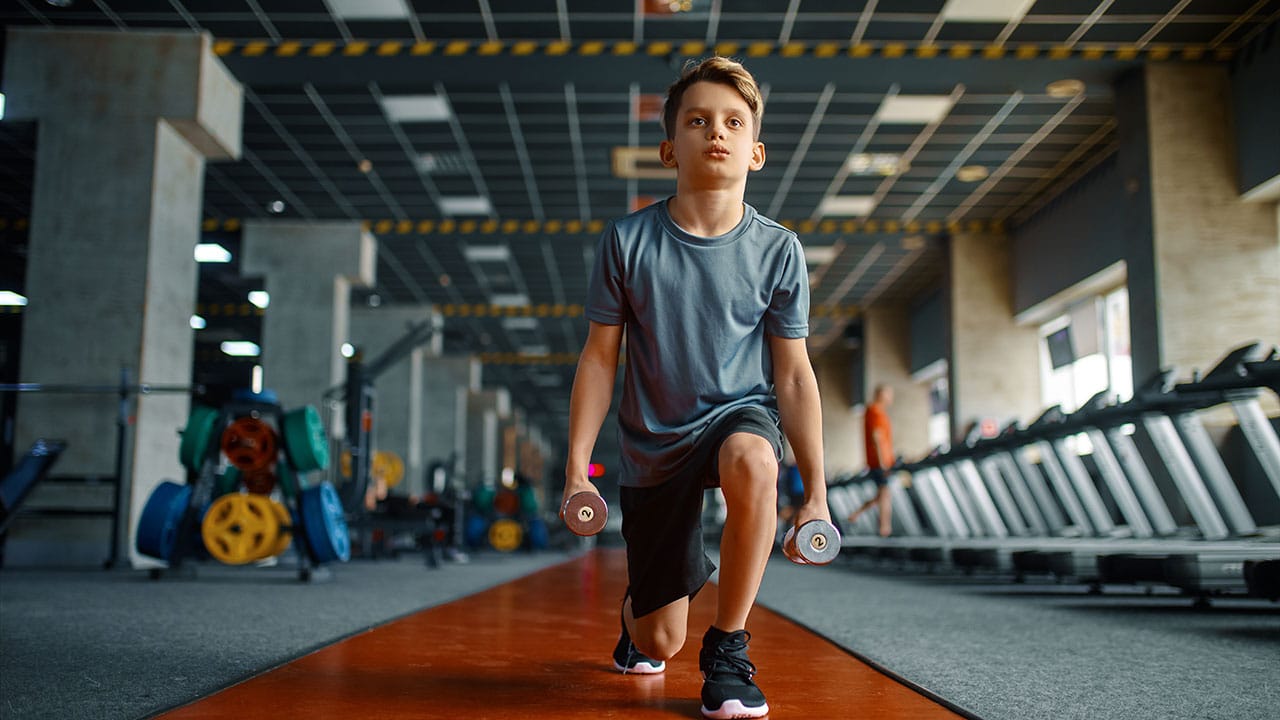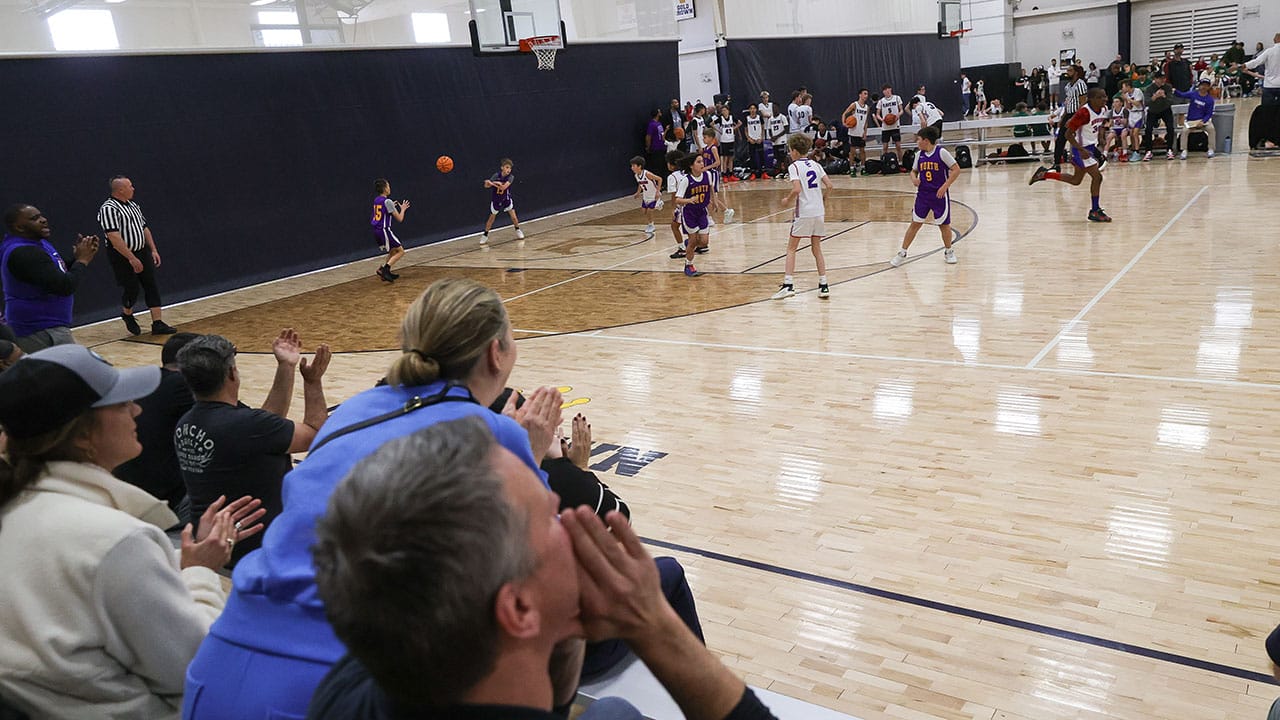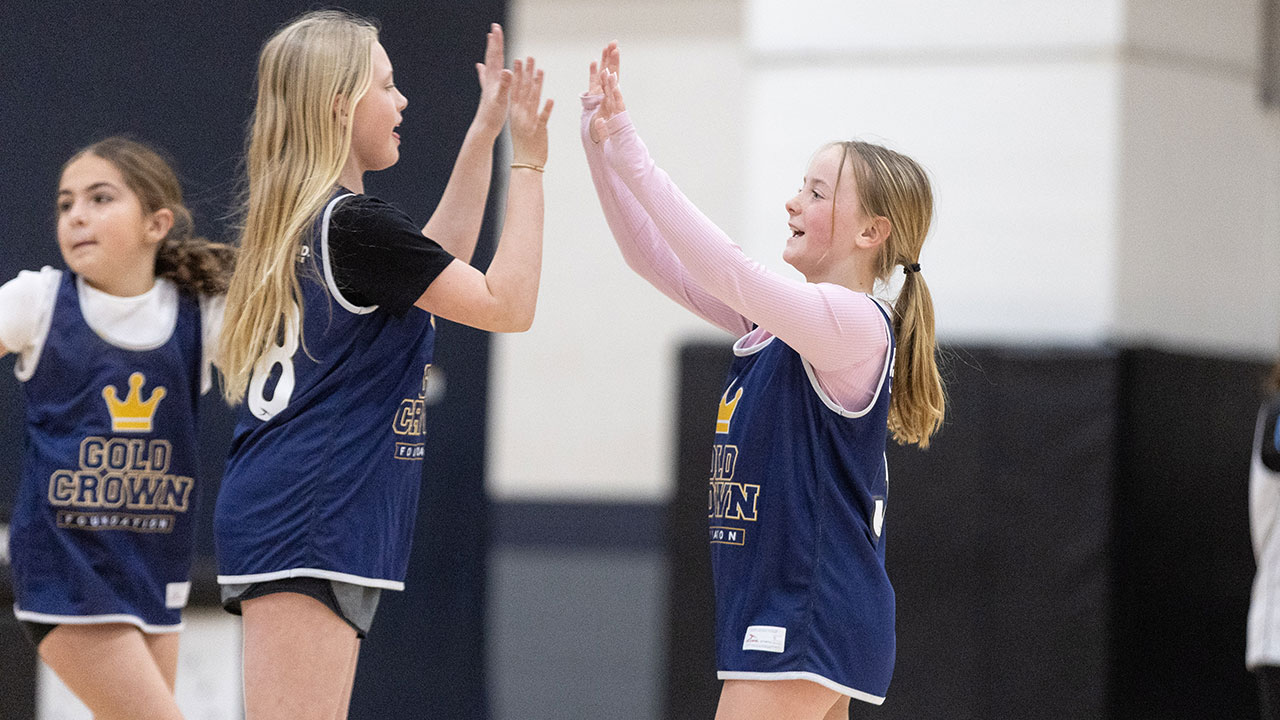Guest Blog with Next Level Sports Performance
Authored by Robert Hulstrom BS, CSCS, USAW Level 1
In today’s youth sports culture, early specialization is becoming the new norm. Many think the more exposure a young athlete gets to their specific sport will help them develop the skillset needed to succeed in said sport. Building off our Long-Term Athletic Development (LTAD) model, early specification can not only be counterproductive for our youth athletes, but also increase the risk of injury, burn out and can hinder long term development. As competitive youth sports continue to grow in popularity, many parents face increasing pressure to help their children excel, often by choosing a single sport at an early age and committing to year-round training. While this path, known as sport specialization, may appear to offer an edge, especially in today’s highly structured athletic systems, evidence suggests that early specialization may do more harm than good. An alternative, sport diversification, where children participate in a variety of sports during their developmental years, has been shown to support better physical health, mental well-being, and long-term athletic potential. For parents navigating this decision, understanding the key differences and timing between specialization and diversification is essential.
An off season is important for all athletes but is especially important to our young developing athletes. We need to understand that youth athletes are not just miniature adults and cannot be treated as if they were. Children undergo constant growth and development, not only physically but neurocognitively. Issues such as overuse/overtraining, burn out and overall fatigue all increase with early specialization in our youth athletes.
What is early Sports Specialization?
Sport specialization is commonly defined as intensive training in a single sport, often conducted year-round, and to the exclusion of other athletic activities (Brenner, 2016). Many parents and coaches believe this focused approach is necessary to achieve elite status, earn scholarships, or stay ahead of the competition. However, research consistently shows that early specialization is associated with a higher risk of injury, increased rates of burnout, and ultimately, a higher likelihood of quitting sports altogether (Jayanthi et al., 2015; Fraser-Thomas, Côté, & Deakin, 2008).
What is Sports Diversification?
In contrast, sport diversification involves exposing children to a wide range of sports and physical activities. Rather than focusing on one set of sport-specific skills, diversified athletes develop broad motor skills, adaptability, and a deeper love for physical activity. This approach promotes long-term athlete development and reduces the physical and emotional risks often associated with early specialization (Myer et al., 2015). In fact, research shows that many elite and professional athletes specialized later in adolescence, after years of sampling multiple sports (Côté, Lidor, & Hackfort, 2009).

Why Diversify over Specialize?
Injury Prevention and Injury Resiliency are some of the most compelling arguments for diversification of sports in youth athletes. Early specialization often involves repetitive use of the same muscle groups and movement patterns, which can lead to overuse injuries, particularly in growing bodies. According to a study by Jayanthi et al. (2015), athletes who specialize early are significantly more likely to suffer from injuries than their peers who play multiple sports. Diversification, on the other hand, spreads physical stress across different muscle groups and reduces the intensity of repetitive strain, providing natural rest periods for certain movements and muscle sets.
Psychologically, early specialization can be equally damaging. Young athletes who focus on one sport too early often face greater pressure to perform, which can lead to anxiety, reduced enjoyment, and eventual burnout (Fraser-Thomas et al., 2008). This can cause a child to disengage from sports altogether, sometimes permanently. In contrast, diversified athletes experience a variety of competitive environments and coaching styles, which can foster confidence, resilience, and a stronger sense of intrinsic motivation to play.
When is it Time to Specialize?
The American Academy of Pediatrics recommend avoiding sport specialization before adolescence. Most guidelines suggest that children under the age of 13 should engage in multiple sports to develop a strong athletic foundation (Brenner, 2016). Specialization can be considered in the mid-teen years, typically around age 13 to 15, when a child has expressed a clear, internal desire to focus on one sport and has already developed a base of diverse physical skills. Even then, it’s important to monitor for signs of overtraining, stress, or fatigue.
There are exceptions, where earlier specialization may be necessary. In sports like gymnastics or figure skating, peak performance occurs during adolescence. However, even in these cases, many experts advocate for a well-rounded early training approach before narrowing the focus.

Key Takeaways
The most important takeaway is this: Early success in youth sports does not guarantee long-term achievement. In fact, pushing a child to specialize too early can rob them of the joy of play, the richness of varied physical experiences, and the chance to develop into a more well-rounded athlete and person. Encouraging children to sample multiple sports, especially in their formative years, is not only safer, but often more effective in the long run.
In conclusion, while sport specialization may seem like the most direct path to athletic success, the evidence strongly supports sport diversification as the healthier, more sustainable option for young athletes. By allowing children to explore different sports and develop a wide range of skills, parents can foster a lifelong love of activity, reduce the risk of injury and burnout, and set the stage for both athletic success and personal growth. It’s not about choosing the fastest route; it’s about helping your young athlete enjoy the journey.
Diversification Recommendations in Congruency with our LTAD Model (Long-Term Athletic Development). Read more about LTAD.
| LTAD Category | Age Range | Definition | Diversify v. Specialize | # of Sports |
| Active Start | 0-6 years old | Learning Basic movements (running and jumping) | Diversify | 4+ |
| FUNdamentals | 6-9 years old | Introduction to sports through games to emphasize fun and variety | Diversify | 3-4 |
| Learn to Train | 9-12 years old | Begin Building Sport-Specific Skill | Diversify | 2-4 |
| Train to Train | 12-16 years | Translating prior skills into more intense training and competition | Diversify (Can Begin to specialize in specific cases) | 2-3 (1-2) |
| Train to Compete | 16-23 years | High-intensity Training and Competition | Specialize | 1 |
This is by no means the only way to go about Sports Diversification in Youth Athletes. Sports are meant to be enjoyed and played with a smile whilst still being competitive. Each youth athlete is different and will respond in different ways, these are simply guidelines to follow to help our youth athletes develop and grow in their athletic career as they grow and develop through adolescence into young adulthood.
References
Brenner, J. S. (2016). Sports specialization and intensive training in young athletes. Pediatrics, 138(3), e20162148. https://doi.org/10.1542/peds.2016-2148
Côté, J., Lidor, R., & Hackfort, D. (2009). ISSP position stand: To sample or to specialize? Seven postulates about youth sport activities that lead to continued participation and elite performance. International Journal of Sport and Exercise Psychology, 7(1), 7–17.
Fraser-Thomas, J., Côté, J., & Deakin, J. (2008). Understanding dropout and prolonged engagement in adolescent competitive sport. Psychology of Sport and Exercise, 9(5), 645–662.
Jayanthi, N. A., LaBella, C. R., Fischer, D., Pasulka, J., & Dugas, L. R. (2015). Sports-specialized intensive training and the risk of injury in young athletes: A clinical case-control study. The American Journal of Sports Medicine, 43(4), 794–801.
Myer, G. D., Jayanthi, N., Difiori, J. P., Faigenbaum, A. D., Kiefer, A. W., Logerstedt, D., & Micheli, L. J. (2015). Sports specialization, part I: Does early sports specialization increase negative outcomes and reduce the opportunity for success in young athletes? Sports Health, 7(5), 437–442.

